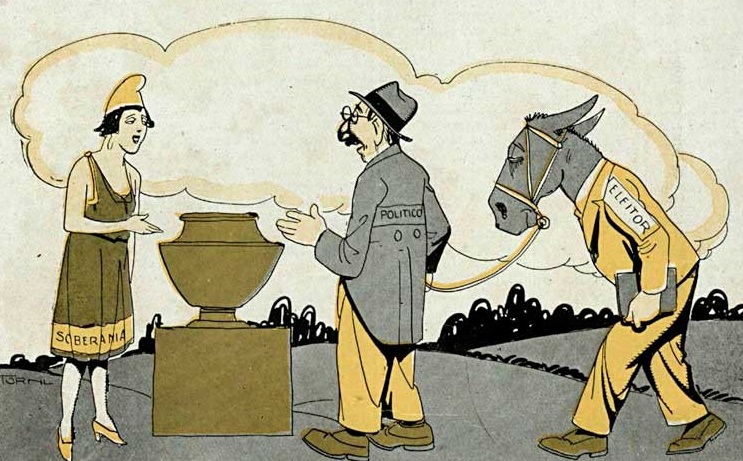Neoclassical facade: the revival of classical architecture
Architecture is one of the most striking manifestations of a people's culture. It reflects not only aesthetics, but also the values and ideals of a society in a given historical period. An architectural style that had a profound impact on the European scene of the 18th and 19th centuries was neoclassicism, which rescued elements of classical Greek and Roman architecture, reinterpreting them for the context of the time. In this article, we will explore the neoclassical facade and how it represented the renaissance of architecture classic.
Neoclassicism as a return to the past
The historical context
Neoclassicism emerged as a reaction to the Rococo style, which prevailed in Europe in the 17th and 18th centuries. Influenced by Enlightenment philosophy, which celebrated reason, science and order, neoclassicism sought to rescue the simplicity and grandeur of classical Greek and Roman architecture. This movement reached its peak during the period known as the Enlightenment, when Europe was undergoing profound social and political transformations.
The aesthetic principles
The neoclassical facade incorporated the aesthetic principles of classical architecture, such as symmetry, proportion and harmony. Straight, sober lines replaced the elaborate rococo ornaments. The most common elements in neoclassical facades were columns, triangular pediments, arches, porticoes and decorative friezes. The facade reflected not only aesthetic values, but also the search for order and stability, so dear to the Enlightenment spirit.
Characteristics of the neoclassical facade
Symmetry and proportion
Symmetry was a striking feature of the neoclassical facade. The structures were designed to create a sense of visual balance. The facade was divided into equal parts, with symmetrical elements positioned on opposite sides. This symmetry gave a feeling of order and harmony, typical of classical architecture.
Grandeur and sobriety
Grandiosity was another important characteristic of the neoclassical facade. The buildings were imposing and conveyed a feeling of solidity and stability. At the same time, sobriety replaced the excessive ornaments of the Rococo style. On the neoclassical facade, the decoration was more discreet and based on classical elements, such as Ionic, Corinthian and Doric columns.
Return to Greek and Roman classics
The neoclassical facade was an echo of the ancient temples of Greece and Rome. Elements such as columns, triangular pediments and arches were reinterpreted and adapted for public and private buildings of the time. This reference to Greek and Roman classics was not only aesthetic, but also symbolic. It represented admiration for ancient culture and civilization, seeking to establish a connection with the greatness of the past.
Examples of neoclassical facades around the world
Buckingham Palace, London
Among the best-known examples of neoclassical facades is Buckingham Palace in London. The palace, which is today the official residence of the British monarchy, was originally built in the neoclassical style in the 18th century. Its imposing façade reflects the grandeur and order typical of this architectural style.
United States Capitol, Washington, DC
Another notable example of a neoclassical facade is the United States Capitol in Washington, D.C. The building, designed by architect William Thornton, incorporates elements of classical Greek and Roman architecture such as columns and pediments. The facade of the Capitol is a symbol of democracy and the influence of Enlightenment thought in the country.
Conclusion
The neoclassical facade represented the rebirth of classical architecture, rescuing the aesthetic and symbolic values of Ancient Greece and Rome. This architectural style had a profound impact on Europe in the 18th and 19th centuries, marking the period known as the Enlightenment. Neoclassical architecture continued to influence the world architectural scene, leaving a lasting legacy to this day.
FAQs
1. What does neoclassicism mean?
Neoclassicism is an artistic and cultural movement that rescued the aesthetics and values of classical Greek and Roman architecture, reinterpreting them for the context of the 18th and 19th centuries.
2. What was the historical context of neoclassicism?
Neoclassicism emerged as a reaction to the Rococo style, prevalent in Europe in the 17th and 18th centuries. This movement reached its peak during the period known as the Enlightenment.
3. What are the main characteristics of the neoclassical facade?
The neoclassical façade is marked by symmetry, proportion, grandeur and sobriety. It incorporates elements of classical architecture, such as columns, pediments, arches and decorative friezes.
4. What are some famous examples of neoclassical facades?
Some famous examples of neoclassical facades are Buckingham Palace in London and the United States Capitol in Washington, D.C.
5. What is the importance of the neoclassical facade in the history of architecture?
The neoclassical facade represented a return to the aesthetic and symbolic values of classical architecture, rescuing the grandeur and harmony of Ancient Greece and Rome. Its legacy can be seen to this day in buildings around the world.
References:
– Wikipedia – Neoclassical architecture




